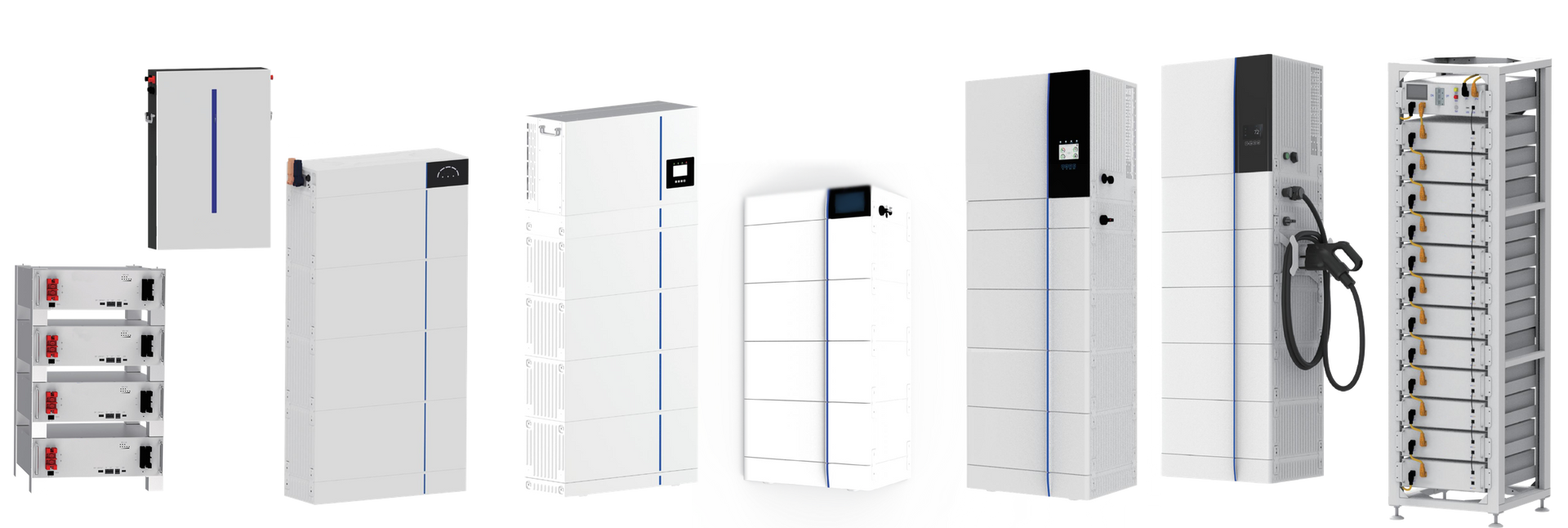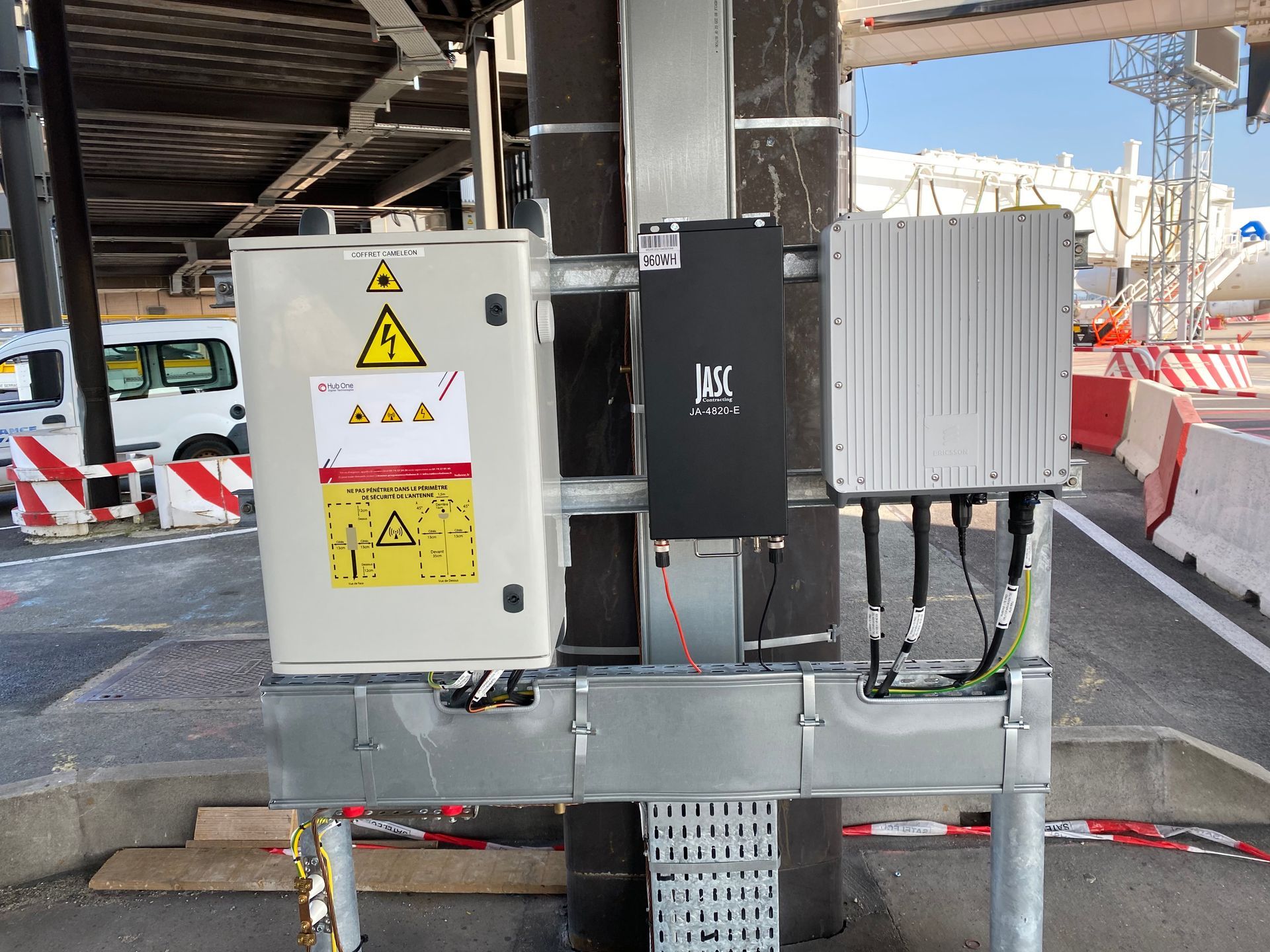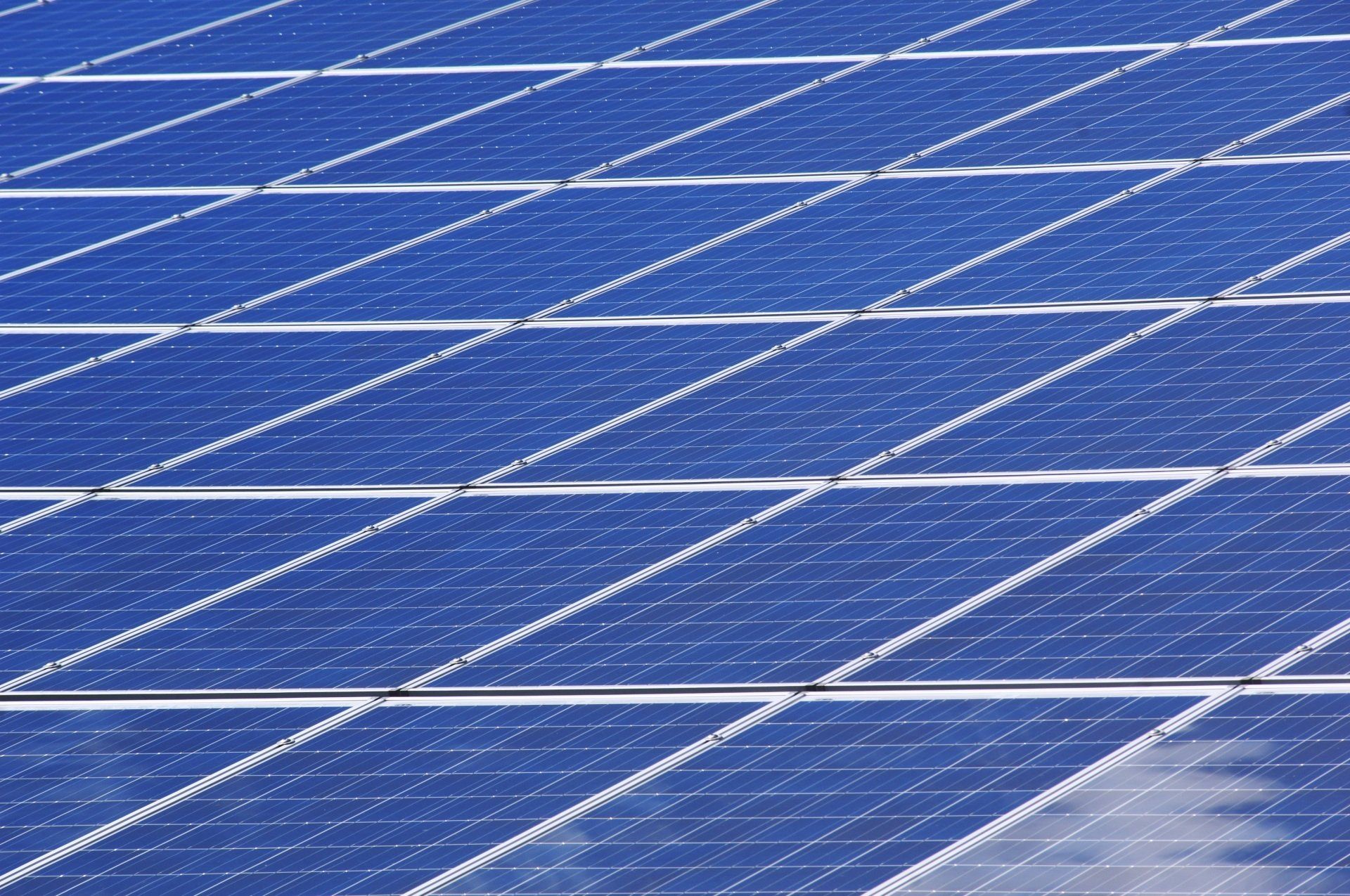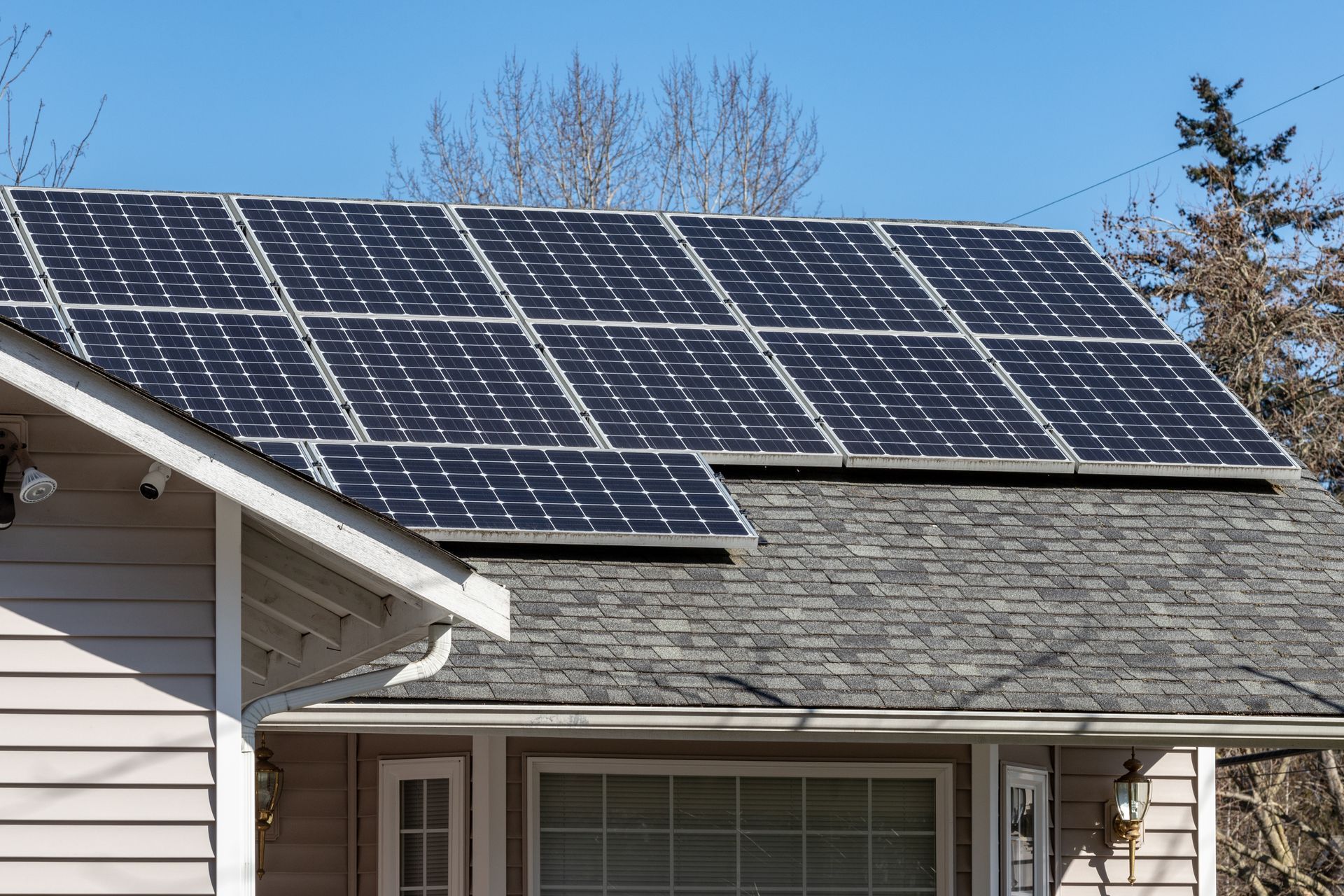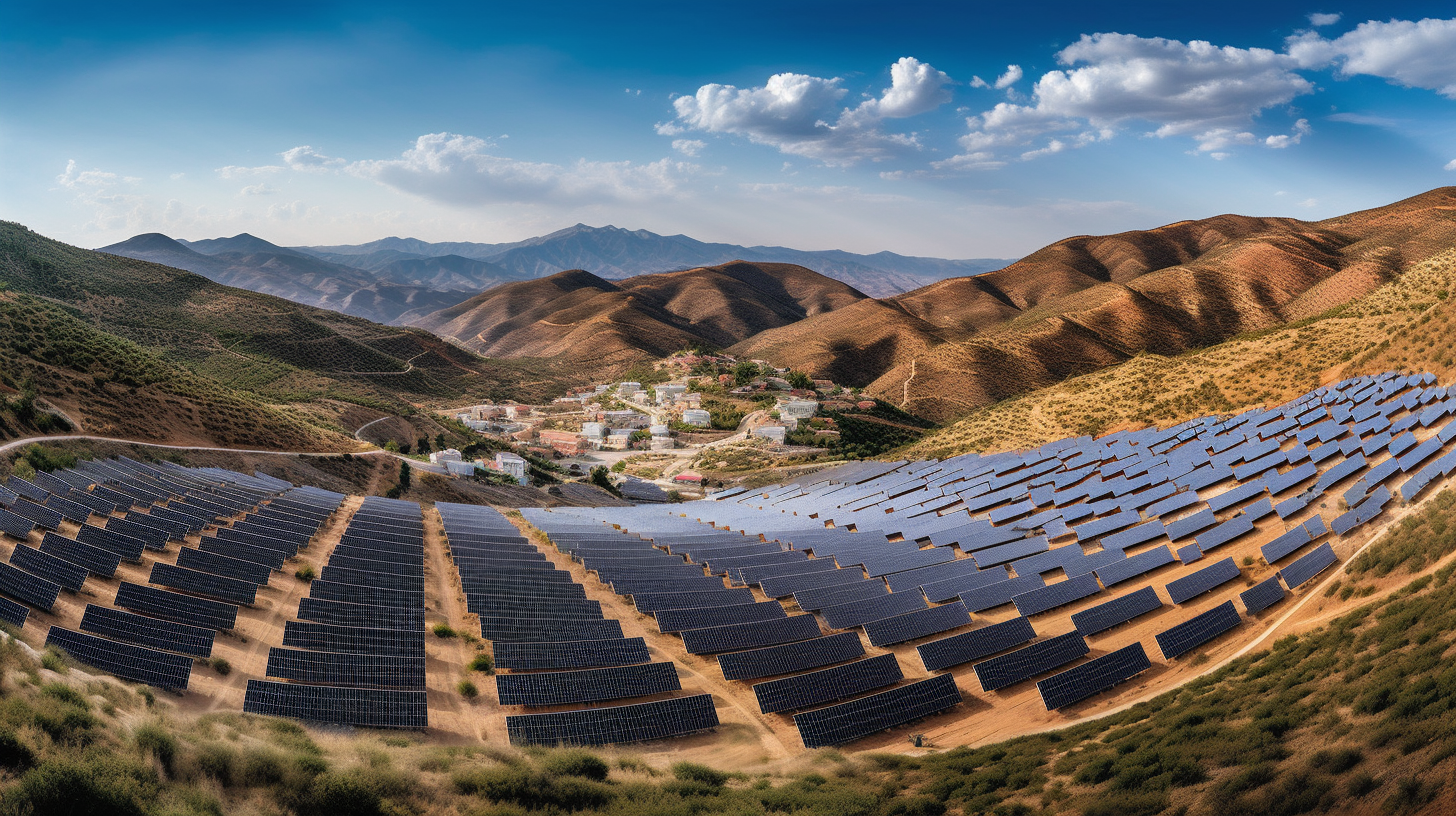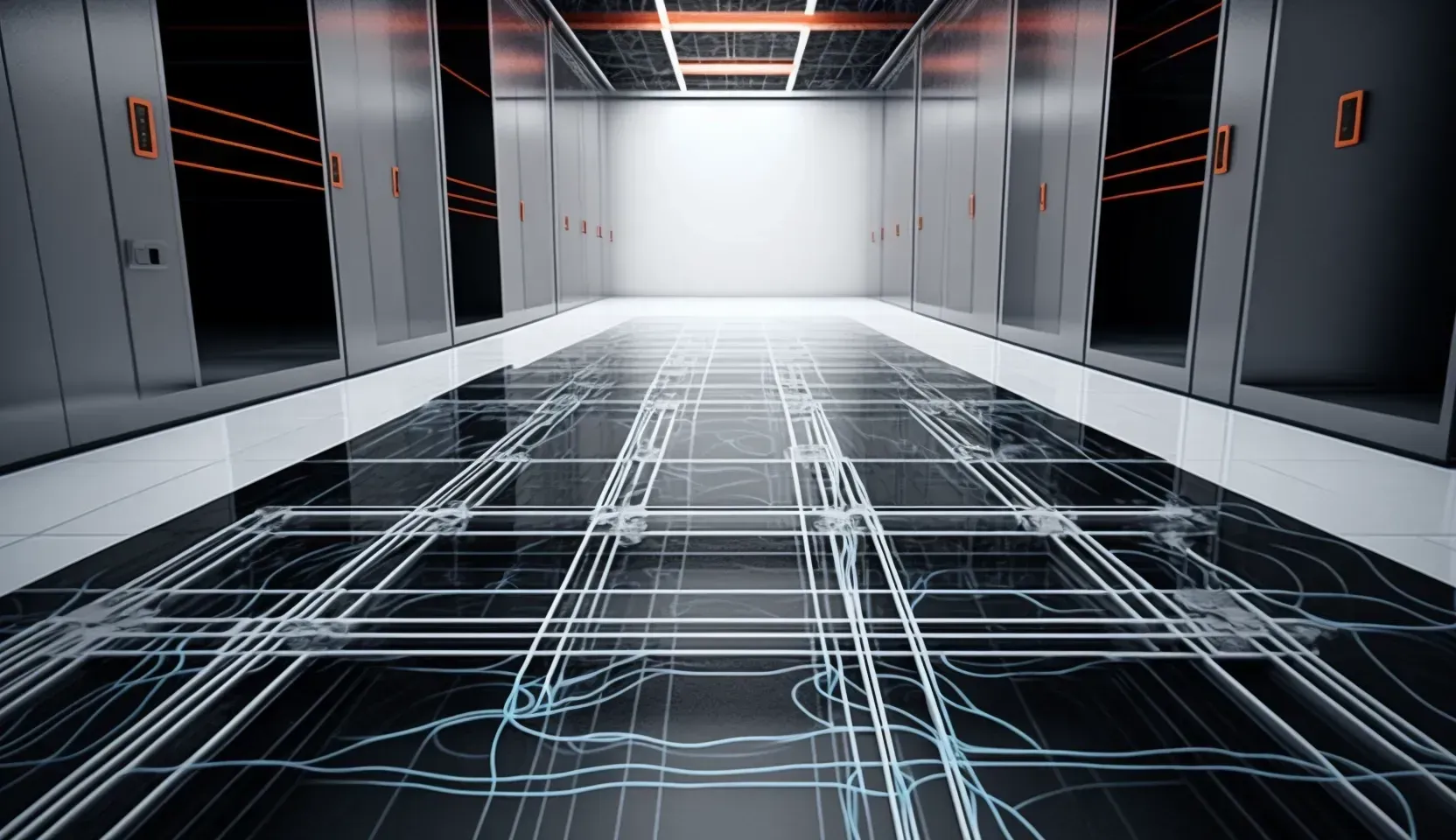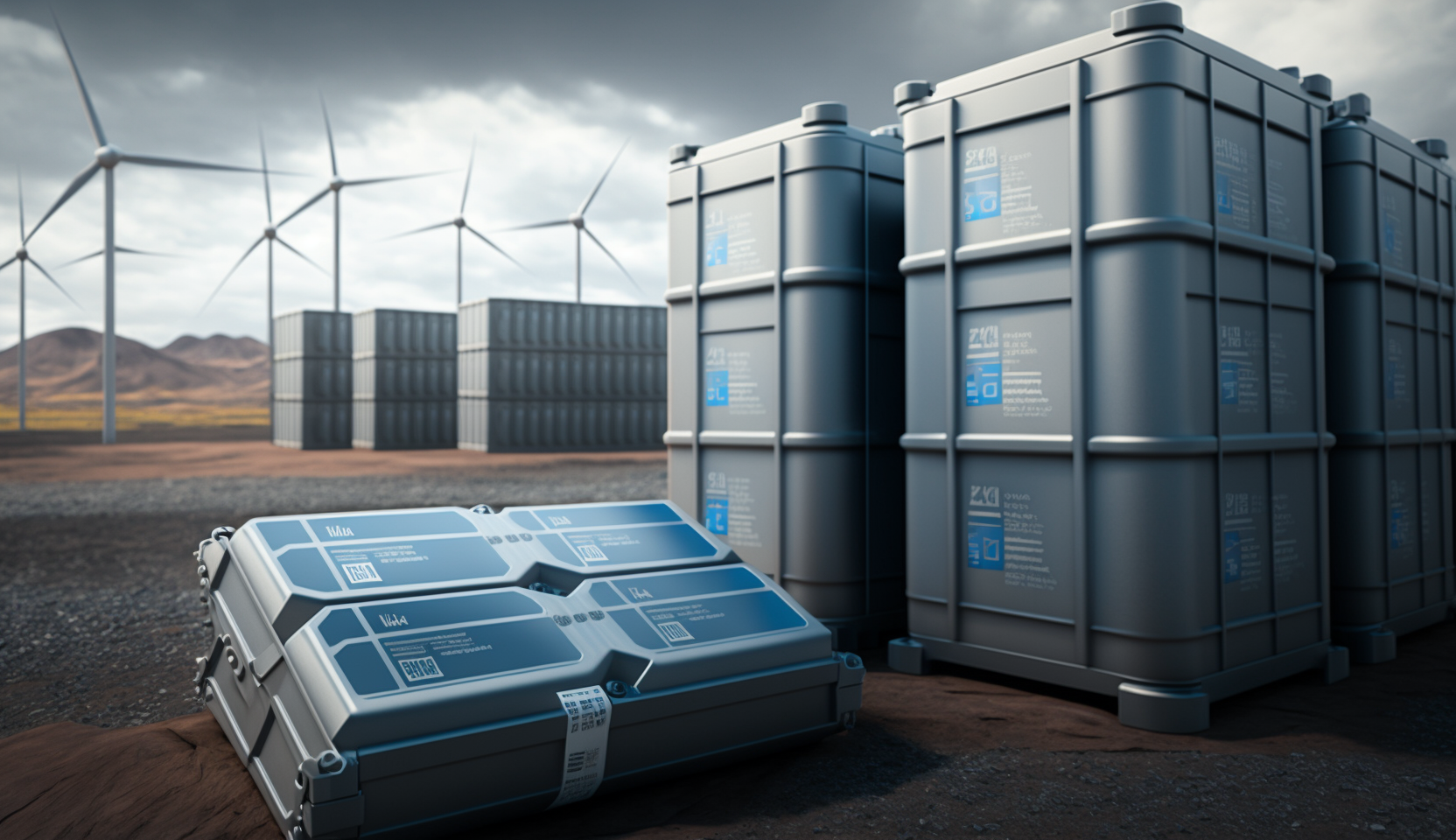TECH TRENDS
Energy on Demand:
Exploring the Advantages of Energy Storage Systems
The demand for renewable energy sources has grown significantly as they offer a clean and sustainable alternative to fossil fuels. However, their intermittent nature poses challenges. To address this, energy storage systems have become crucial in ensuring a stable energy supply. These systems store surplus energy from high production periods and release it when demand is high or renewable energy output is low, contributing to a greener and more sustainable energy future. This article will explore the various advantages of energy storage systems and their significant impact on the transition to a greener and more sustainable energy future.
Understanding Energy Storage Systems
Energy storage systems are designed to capture, store, and release energy on demand. They enable the efficient management of energy resources, bridging the gap between energy supply and demand fluctuations. These systems come in various forms, each with its unique capabilities and applications.
- Batteries: Batteries are one of the most common energy storage technologies. They store electrical energy in chemical form and can be deployed on various scales, from small-scale residential applications to large-scale utility storage projects.
- Pumped Hydro: Pumped hydro storage utilizes the concept of gravity and water to store energy. During periods of excess electricity, water is pumped from a lower reservoir to a higher one. When energy is needed, the stored water is released through turbines, generating electricity.
- Flywheels: Flywheel energy storage systems store energy by spinning a heavy rotor at high speeds. The rotational energy can be converted back into electricity when required.
- Thermal Storage: Thermal storage systems store heat or cold generated during times of excess energy and release it later for heating or cooling purposes.
Advantages of Energy Storage Systems in Renewable Energy
The integration of energy storage systems with renewable energy sources offers several significant advantages:
1- Mitigating Intermittency
Renewable energy sources are inherently intermittent, depending on weather conditions and daylight hours. Energy storage systems help bridge the gap between energy generation and demand. Excess energy generated during peak production periods can be stored and used during periods of low renewable energy output, ensuring a stable and consistent energy supply.
2- Grid Stabilization and Load Balancing
Energy storage systems provide valuable support to the power grid by stabilizing voltage and frequency. They can respond rapidly to fluctuations in demand, helping to balance the load and maintain grid stability. This capability is particularly crucial as more renewable energy sources are integrated into the grid.
3- Energy Peak Shaving
Energy storage systems allow for peak shaving, a process in which stored energy is used to offset high electricity demand during peak hours. This reduces the need for utilities to rely on fossil fuel power plants during peak times, leading to lower operational costs and reduced carbon emissions.
4- Enhancing Grid Resilience
Energy storage systems contribute to grid resilience by providing backup power during emergencies and blackouts. In the event of a grid failure, these systems can supply critical electricity to essential services and facilities, such as hospitals, data centers, and emergency response centers.
5- Facilitating Renewable Energy Integration
Energy storage enhances the integration of renewable energy sources into the existing power grid. By smoothing out variations in renewable energy production, storage systems make it easier for utilities to incorporate more renewables without compromising grid stability.
The Future of Energy Storage Systems
The future of energy storage systems looks promising as advancements in technology and economies of scale continue to drive down costs. As the demand for renewable energy rises, energy storage will become even more essential for ensuring a reliable and sustainable energy supply.
- Advancements in Battery Technology: Battery technology is evolving rapidly, leading to more efficient and cost-effective solutions. The development of advanced materials and chemistries will improve battery performance, storage capacity, and cycle life.
- Scaling Up Energy Storage Projects: Large-scale energy storage projects, such as grid-scale battery installations and pumped hydro facilities, will become more prevalent as the need for energy storage increases. These projects will play a crucial role in stabilizing the grid and supporting the integration of renewables.
- Decentralized Energy Storage:
With the rise of distributed energy resources, decentralized energy storage systems will become more common. Homeowners and businesses will be able to install energy storage solutions to complement their renewable energy systems and reduce reliance on the grid.
Conclusion
Energy storage systems are a game-changer in the quest for a sustainable and resilient energy future. They enable the integration of renewable energy sources into the grid, enhance grid stability, and provide backup power during emergencies. As technology continues to advance and renewable energy becomes more prevalent, the role of energy storage systems will become increasingly critical in meeting the world's energy demands in an environmentally friendly and economically viable manner.

